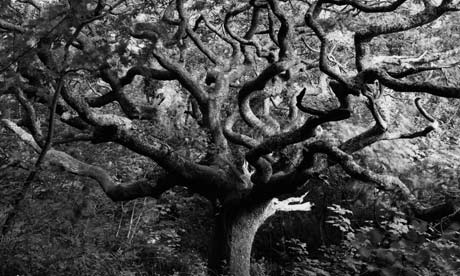This week I’m teaching a summer workshop at Fatamorgana (The Danish School of Art Photography) and have just come across a copy of Ian Berry’s The English (Penguin Books, 1978) in the school’s library. This small paperback book contains one hundred wonderfully insightful portraits from around the country taken by Berry in the mid 1970s. The work was funded by the first Arts Council Photography Bursary.
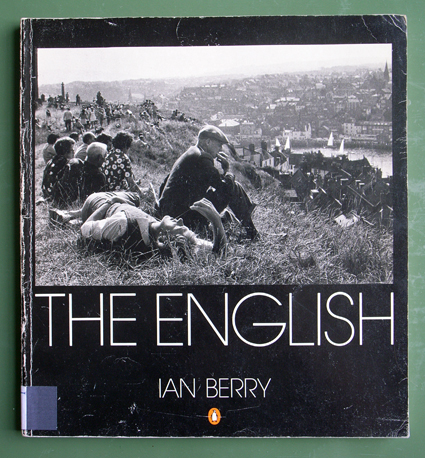
Berry was born in Preston, Lancashire and internationally known as a Magnum Photographer. He made his reputation in South Africa, where he worked for the Daily Mail and later for Drum magazine. He was the only photographer to document the massacre at Sharpeville in 1960, and his photographs were used in the trial to prove the victims’ innocence.
Most of the photographs in ‘The English’ were taken during 1975, although he photographed for two and a half years in total. Predominantly turning his camera on the people, rather than the landscapes, he photographed old and young of all classes; at home, at work, at leisure and the result is a sensitive portrayal of the nation or as Berry says “a personal exploration of English life.”
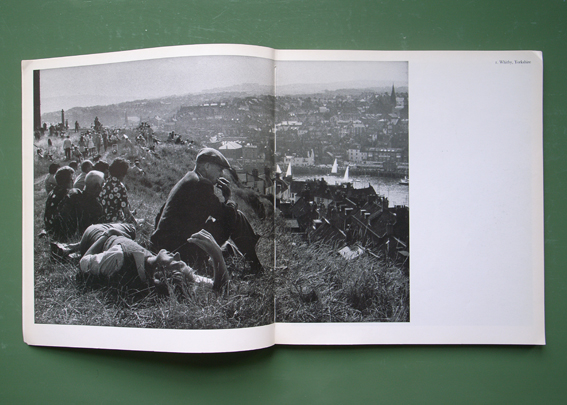
Whitby, Yorkshire
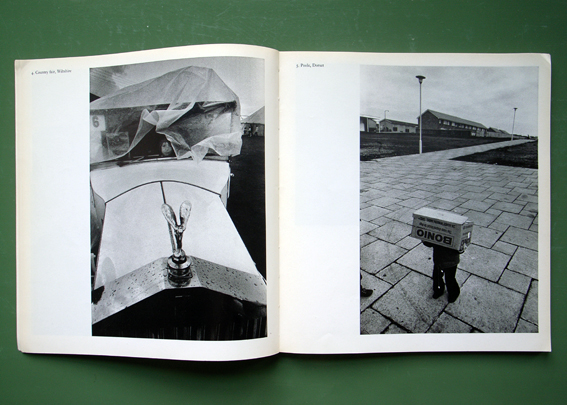
Country fair, Wiltshire (left) & Poole, Dorset (right)
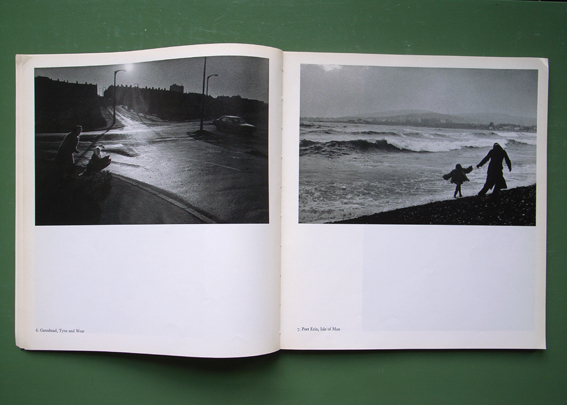
Gateshead, Tyne and Wear (left) & Port Erin, Isle of Man (right)
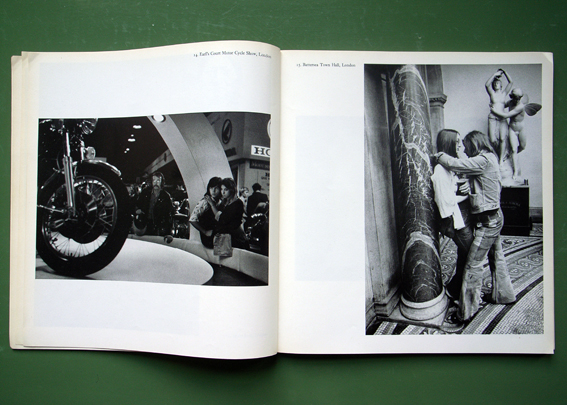
Earl’s Court Motor Cycle Show, London (left) & Battersea Town Hall, London (right)
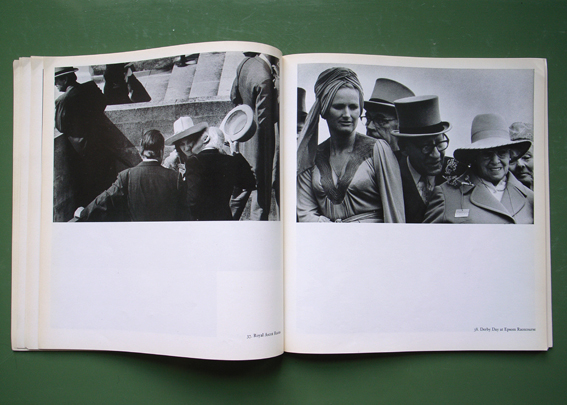
Royal Ascot Races (left) & Derby Day at Epsom Racecourse (right)
In his foreword to the book, Berry writes “thought I was born and grew up in the North of England, I was in the odd situation of being English and knowing very little about England, having spent much of my life abroad.” After a year documenting he concludes “England has changed less in the 15 years away than I thought – or at any rate what I photographed had changed less than I had expected. Also, England is the easiest country in the world in which to take photographs – in the way people react or rather do not react in the photographers’ presence.”
Most of the photographs were taken on Leica cameras with 28mm, 35mm and 50mm lenses on Ilford film (HP4 an HP5).
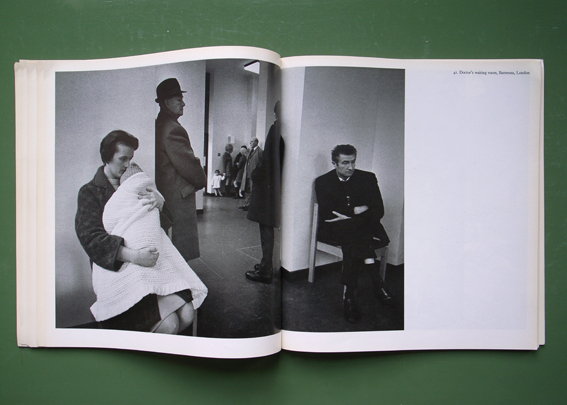
Doctor’s waiting room, Battersea, London
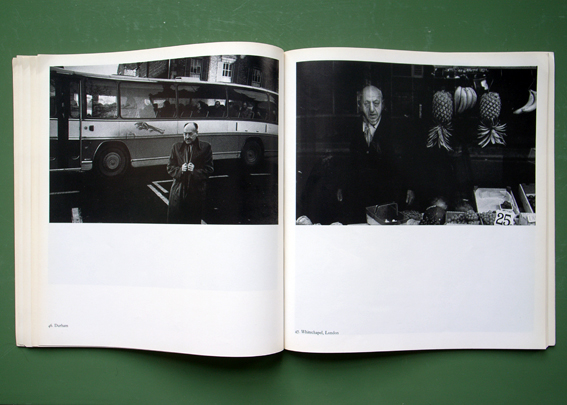
Durham (left) & Whitechapel, London (right)
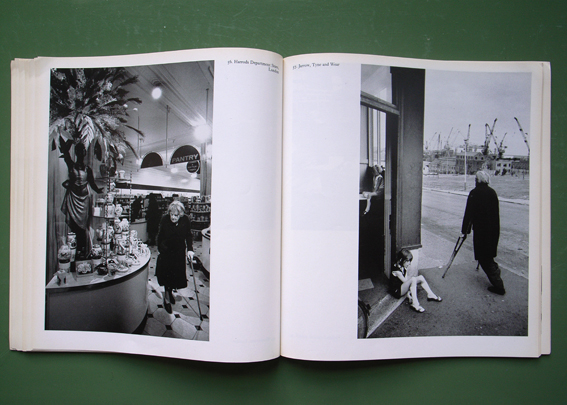
Harrods Department Store, London (left) & Jarrow, Tyne and Wear (right)
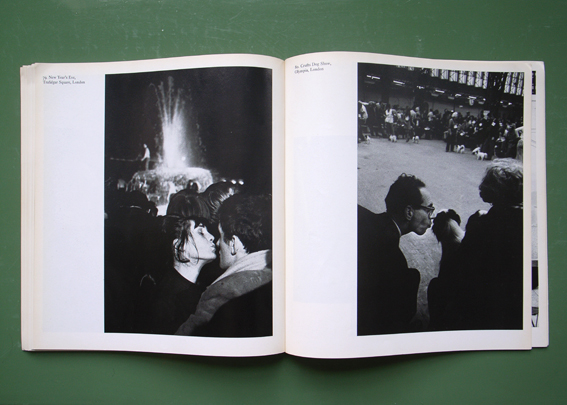
New Year’s Eve, Trafalgar Square, London (left) &Â Crufts Dog Show, London (right)
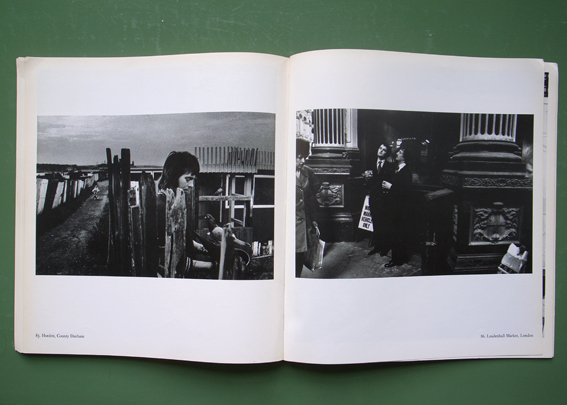
Horden, County Durham (left) & Leadenhall Market, London (right)
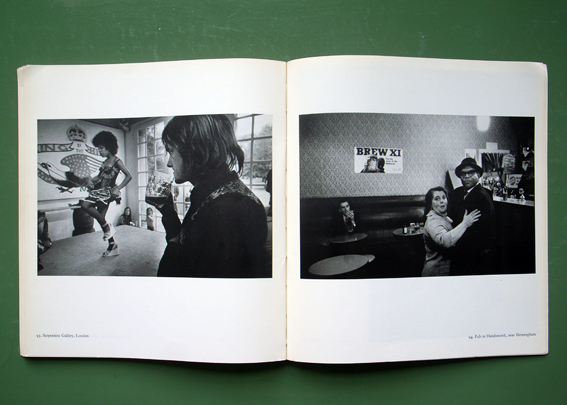
Serpentine Gallery, London (left) & Pub in Hansworth, near Birmingham (right)
There’s currently one used copy of the book listed on Amazon for £70.00.
In a recent interview with the Guardian, Berry commented that his dream project would be to update his book on the English. I hope he gets the chance.
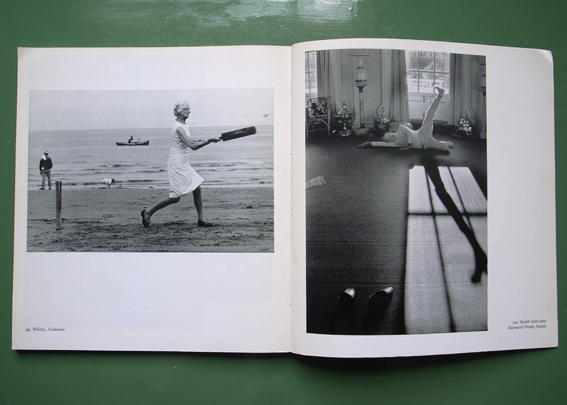
Whitby, Yorkshire (left) & Health farm near Haywards Heath, Sussex (right)
Posted in OTHER STUDIES | 3 Comments »
I’m thrilled to announce that We English will officially launch at Klompching Gallery in New York on Thursday 10th September.
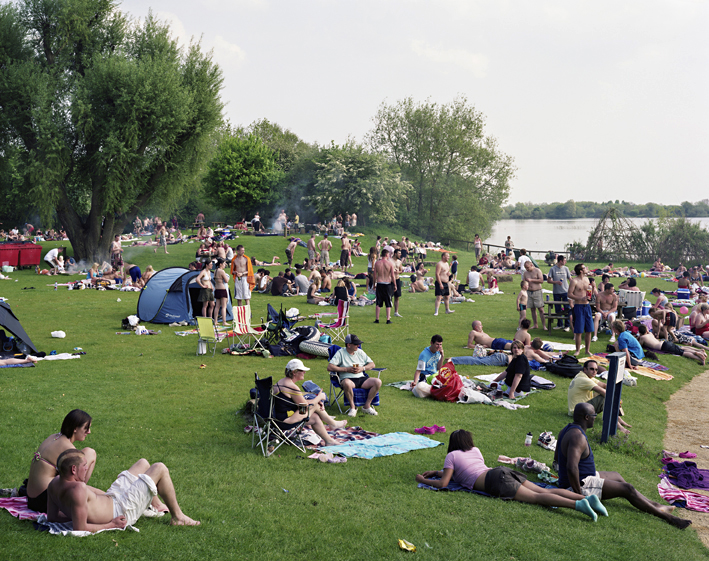
Keynes Country Park Beach, Shornecote, Gloucestershire, 11th May 2008 © Simon Roberts
This will be my second solo show at the gallery, following on from Motherland, which formed the gallery’s inaugural exhibition in October 2007. Signed books will be available and I will also be doing an artist talk, details to follow shortly.
Opening reception: 10th September, 6-8pm
Gallery address: 111 Front Street, Suite 206, Brooklyn, NY 11201. See the map here.
Gallery hours: Wed- Sat, 11am – 6pm Extended Hours: 1st Thursdays, 11am – 8:30pm. Private appointments available upon request.
For more information- tel: +1 212 796 2070 or email: info@klompching.com
The exhibition runs until 23rd October.
Slightly closer to home, a selection of prints will also be on show at The Photographers’ Gallery, London from 1st September – 18th October. I will also be doing an artist talk and book signing on 30th September. Details of which can be found here.
Posted in REVIEWS & PRESS | 2 Comments »
James Ravilious, whose work I discussed earlier on the blog here, has an exhibition of work currently on display at the National Theatre in London to marks the tenth anniversary of his death.
Oak Tree, marland, Devon, 1997. © James Ravilious/Corbis
“Best known for his seventeen-year study of rural life in North Devon (The Beaford Archive), James Ravilious (1939-1999) recorded everyday living both in Devon, and elsewhere. The photographs taken portray in detail the rich landscape and weather along with the people, their hardships and their entertainments. This exhibition celebrates his work and displays his beautiful, honest and warmly sympathetic black and white images of life in the country.”
The exhibition runs until 13th September in the Olivier Exhibition Space.
You can read a review of the exhibition on Guardian Unlimited, here.
Posted in OTHER STUDIES | Comments Off on AN ENGLISH EYE
I met up with Dewi Lewis at Rhubarb Rhubarb over the weekend and was thrilled to hear he will be publishing Andrew Buurman’s work Allotments this fall.
Here’s the publicity blurb- “There’s something about the word ‘allotments’ that conjures up an image of traditional values, of balmy summer days spent working the land, escaping in honest toil. A rural idylll far removed from our everyday experience. And even though allotments can be found throughout the world, in our minds they still seem to encapsulate a certain Britishness. Andrew Buurman’s photographs capture the essence of the allotment and convey the enthusiasm and diversity of today’s plot holders.”
The history of allotments tracks the major social and political changes in British life: the move away from open field agriculture, the urbanisation of the Industrial Revolution, the need for home grown produce during both World Wars. By 1943 there were some 1.4 million allotments in the UK growing 10 percent of the nation’s food. Inevitably both increasing affluence and the redevelopment of many sites led to a dramatic decrease in numbers, though in recent years there has been a resurgence of interest. There are now some 300,000 allotments in the UK often shared between families and friends. I came across countless on my England sojourn and a photograph taken at the Whitehouse Allotments in Middlesbrough is featured in We English.
Buurman’s photographs were all taken on Uplands Allotments, in Handsworth, in the heart of Birmingham. The largest allotment site in the UK – with 422 plots – it opened in 1949, with its own office and meeting hall. Even today it retains much of the communal spirit of the post war era with weekly tea dances, bingo nights and an annual flower and vegetable show.
Here are a few….
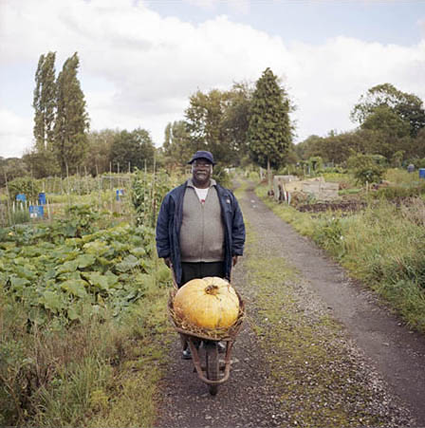



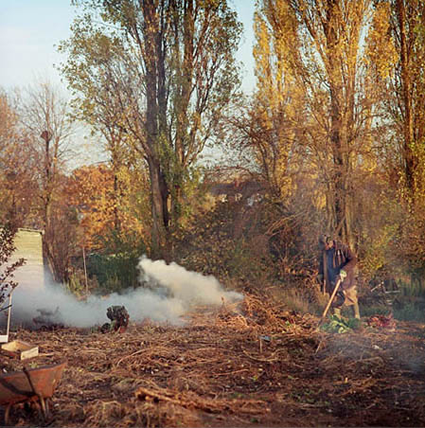

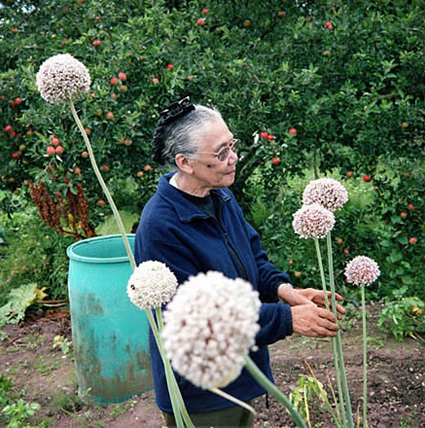
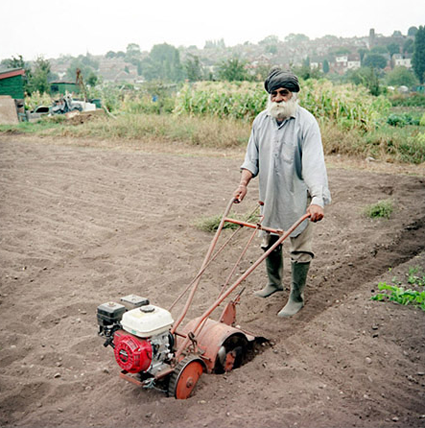

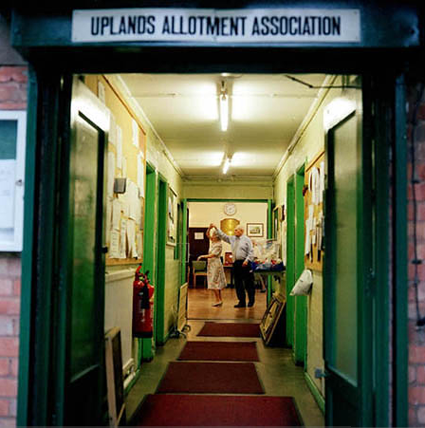
All photographs © Andrew Buurman.
You can see more work from Allotments and other projects by Buurman on his website.
Allotments will be published by Dewi Lewis in October 2009.
Posted in OTHER STUDIES | 2 Comments »
I’ve been in and out of the lab in Brighton this week working on mastering the exhibition prints.
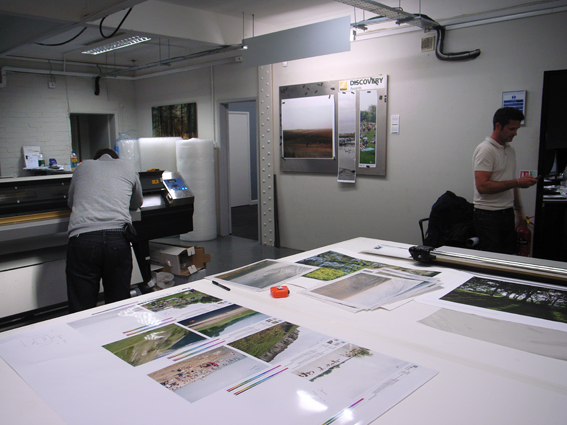
I’ve decided on 50×40″ (125x100cm) prints – see test strip on right – it will also have a 3″ white border.
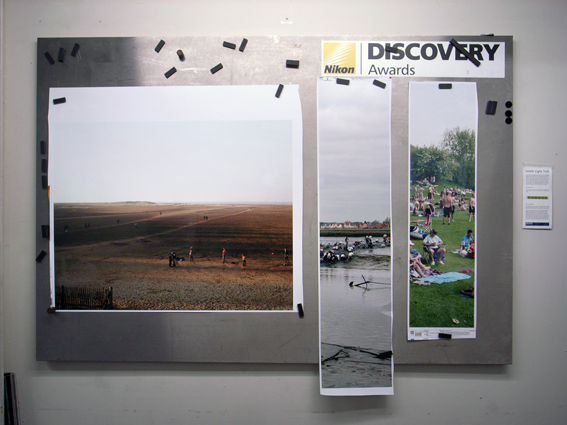
We’re printing onto Fuji Crystal Archive Gloss photographic paper on a Chromira 50†printer.
Posted in POST PRODUCTION | Comments Off on EXHIBITION PRINTING
i notice that a first edition of The English at Home by Bill Brandt (Batsford Ltd, 1936), was recently sold by Somer Books for £345. A reasonable price when you consider that Harper’s Books are currently offering a copy of this seminal photography book for $2500!
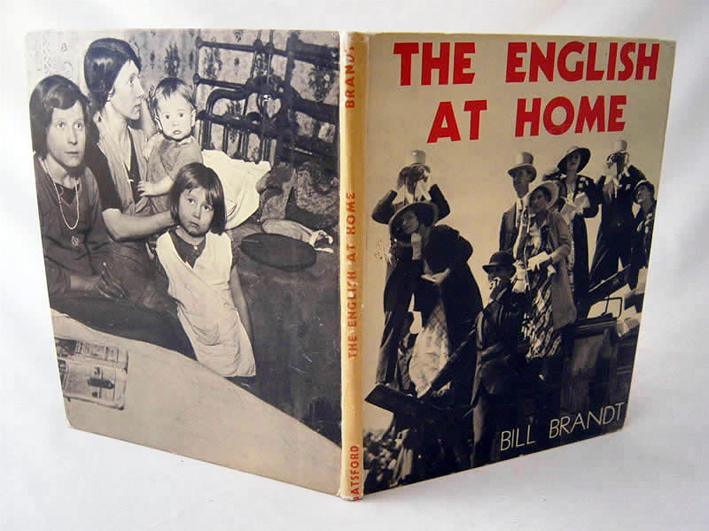
The English at Home was Brandt’s first published collection of photographs and provides a unique insight into the extremes of British society in the years immediately before the Second World War. In the mid-1930s such photo-journalism was very rare and the unsettling social questions raised by Brandt’s photographs rarely discussed. Brandt (1904 – 1983) became a regular contributor to Picture Post and Harper’s Bazaar and was famously commissioned by the Ministry of Information to photograph life in the London Underground bomb shelters during the Blitz.
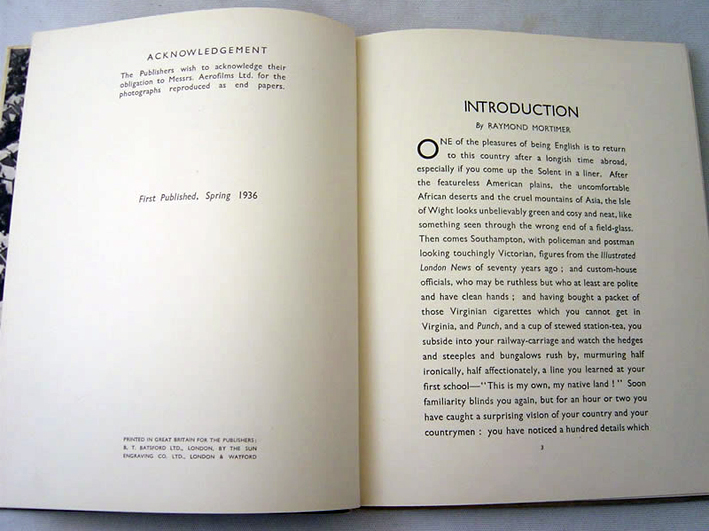
Brandt’s The English at Home opens with a delightfully ‘English’ introduction by writer Raymond Mortimer–
“One of the pleasures of being English is to return to this country after a longish time abroad, especially if you come up the Solent in a liner. After the featureless American plains, the uncomfortable African deserts and the cruel mountains of Asia, the Isle of Wight looks unbelievably green and cost and neat, like something seen through the wrong end of a field-glass. Then comes Southampton, with policeman and postman looking touchingly Victorian, figures from the illustrated London News of seventy years ago; and custom-house officials, who may be ruthless but who at least are polite and have clean hands; and having bought a packet of Virginian cigarettes which you cannot get in Virginia, and Punch, and a cup of stewed station-tea, you subside into your railway-carriage and watch the hedges and steeples and bungalows rush by, murmuring half ironically, half affectionately, a line you learned at you first school – “This is my own, my native land!â€
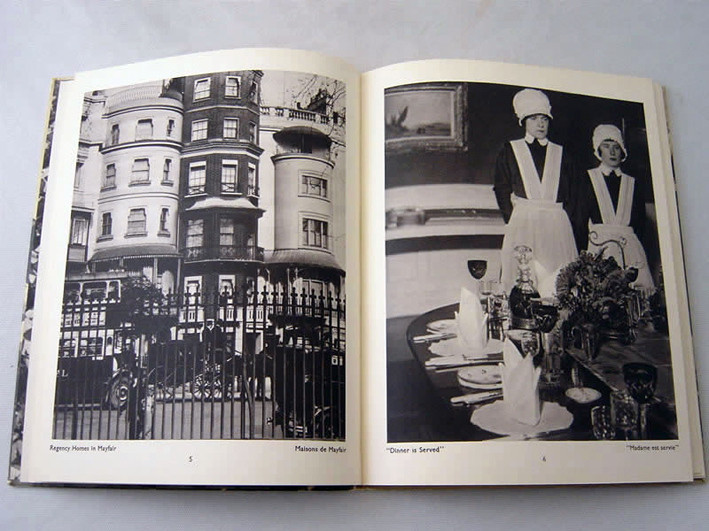
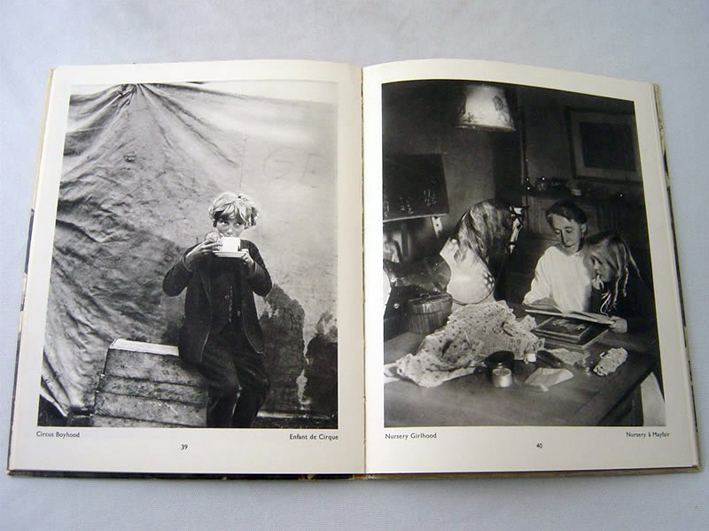
Brandt’s uncompromising style and eye for detail made him one of Britain’s most influential and internationally admired photographers of the 20th century his work influencing Robert Frank among others. He’s also cited as the grandfather of the British documentary photobook, and the proper context in which later work by Martin Parr, Chris Killip, Tony Ray-Jones and Paul Graham should be seen.
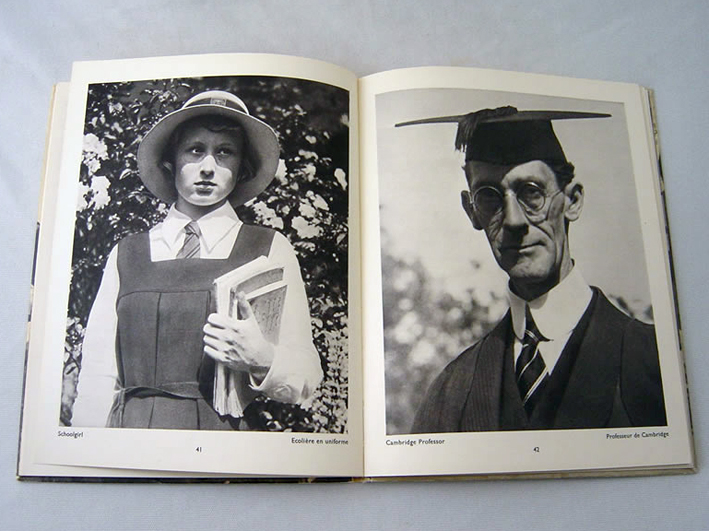
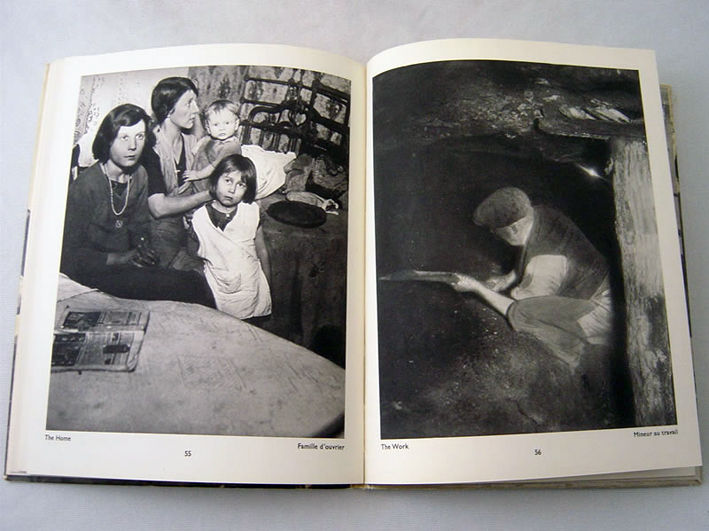
A celebration of “the English” or an expose of the country’s famously rigid class structure? This is the question David Levi-Strauss poses in his description of The English At Home in The Book of 101 Books. As Parr and Badger explain, having been raised on the continent, Brandt was something of an outsider in England. Despite his privileged background, though, he “managed to focus on the lower classes without the sense of condescension that frequently accompanied the Englishman investigating the lower order like an anthropologist examining a foreign tribe…. He photographed all classes with an unusual degree of sympathy, using the pages of his books to bring out stark contrasts…[that] were always pertinent and ha never quite been highlighted in this way before, or since. The images in The English At Home must have shocked readers who expected a cosy, conventional look at the old country.”
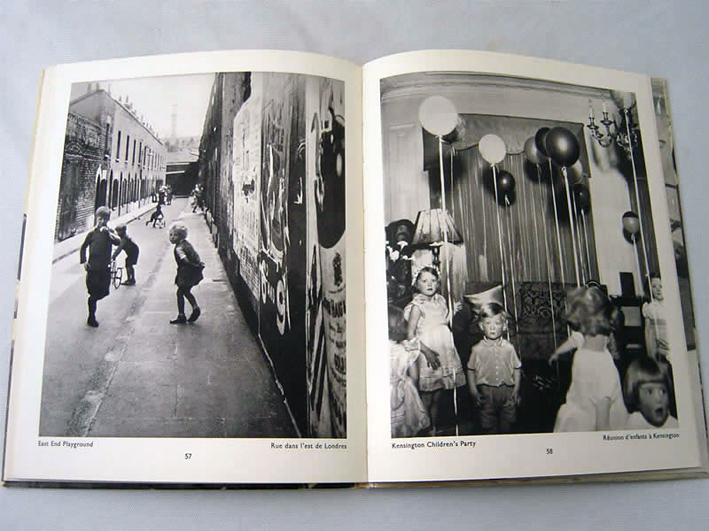
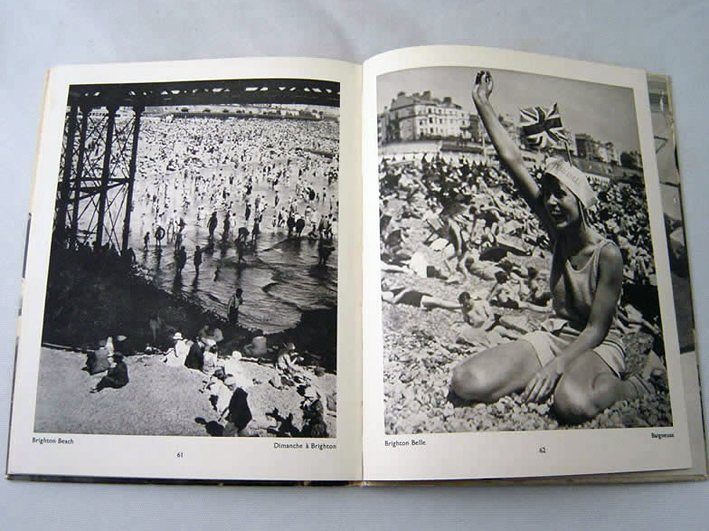
You can read a series of reviews and articles on the work of Bill Brandt here.
Posted in INSPIRATION | Comments Off on THIS IS MY OWN, MY NATIVE LAND!
As I mentioned in a previous post, it’s 75 years since Bradford-born JB Priestley wrote his classic English Journey, a snapshot of his travels around the country chronicling the thoughts of ordinary people. What did it mean to be English?
In last Sunday’s Observer, journalist Sarfraz Manzoor writes about his visit to Bradford – a city transformed by mass immigration, but cited in a recent survey for its essential ‘Englishness’ – and ask what that means today. Here’s a short extract from ‘Bradford reflects on many shades of Englishness’:
“My time in Bradford is drawing to an end. What I have found is a more complicated picture than I had expected. The city did feel divided and I can see why some whites could feel that much of Bradford more closely resembles Pakistan than England and are turning to extremist parties. And yet digging deeper I also found signs of hope in places like Saltaire Cricket Club. Things were rarely quite what they appeared. Ed, the chairman of the cricket club, was white but adamant he was not English since he had spent the first seven years of his life in Scotland. Meanwhile his friend Anil had been born in India but said that he felt utterly English. And then there was Husman Khan. He was the one who had been in the throng burning copies of The Satanic Verses, but not long after the book-burning Khan met a girl -a white girl from Halifax, whom he married and with whom he has four children. I met his 16-year-old daughter, Najda, her head covered in a headscarf that she had bought, she told me, “in a hippie clothing shop”. She belongs to a generation whose identity is as much about the music on their digital devices as the heritage of their parents. What does Englishness mean to you, I ask. “It’s about being prim and proper,” suggests Najda. “You either laugh or cry and the English laugh at it all.” ”
Read all of Manzoor’s article here.
I’d be interested to know what the survey is that he mentions in the article related to Bradford and Englishness. He makes no other reference to it and a quick search on the web reveals no leads?
Posted in RESEARCH | 1 Comment »
Just wanted to let you know that I’ll be delivering the first artist talk about We English at The Photographers’ Gallery on 30th September. The talk will be followed by a book signing.
Tickets are limited, so book early to avoid disappointment! Details here-
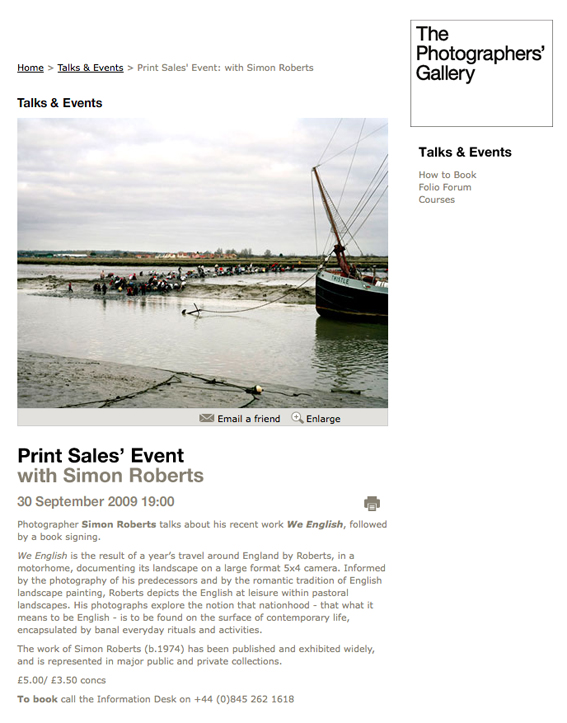
Posted in REVIEWS & PRESS | 1 Comment »
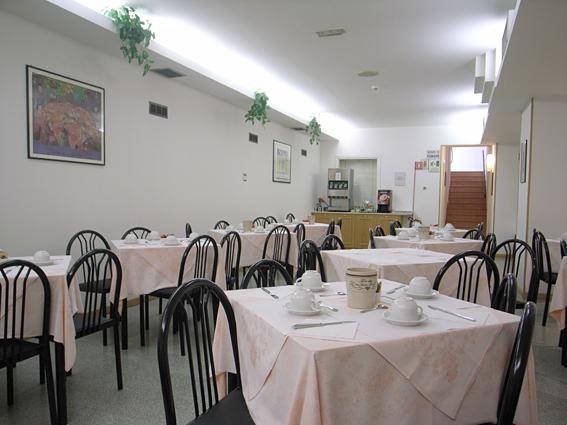
09.33am: Late start and a quiet breakfast.
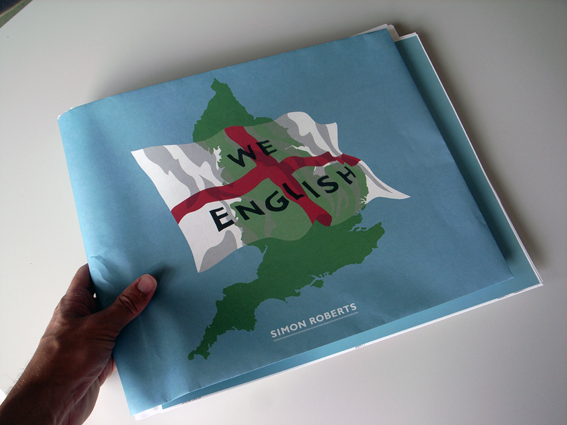
10.59am: I stop in at EBS to pick up an unbound copy of the book to show Mrs. R.
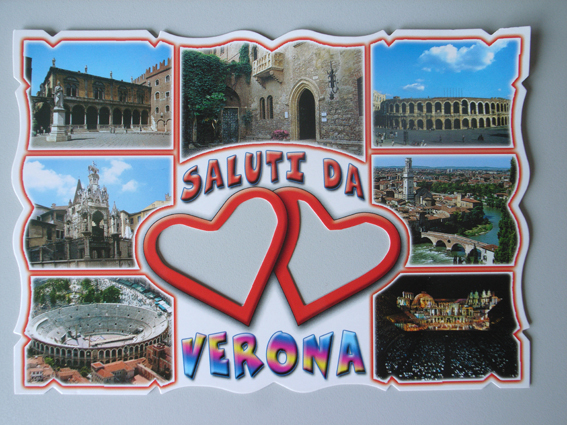
12.20pm: Postcard for Jemima.

15.43pm: Heading home.
Posted in POST PRODUCTION | Comments Off on THE VERONA DIARIES – DAY 5
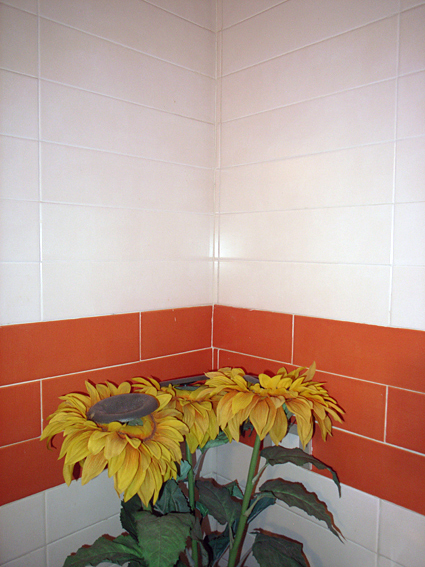
08.57am: Flowers in the hotel bathroom.
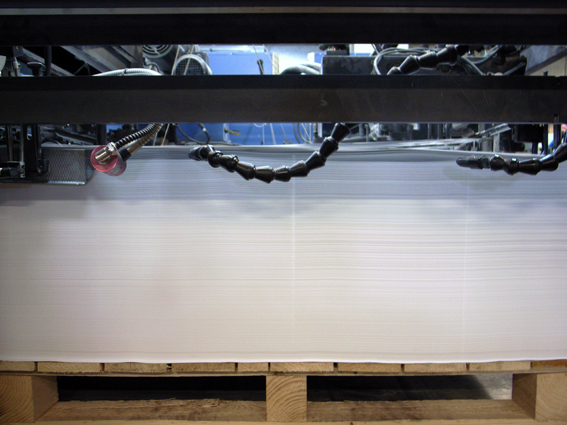
09.37am: The final sheet goes into the press.
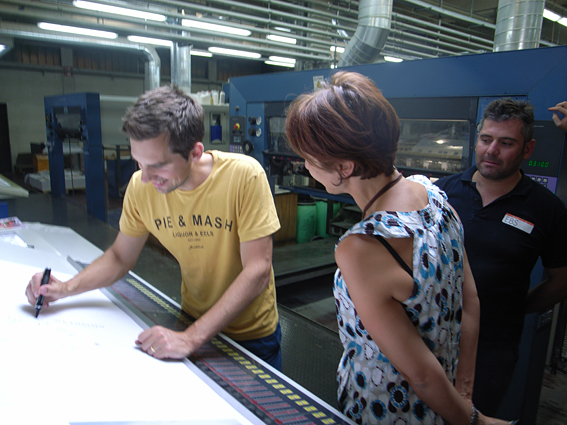
10.05am: Approving the final sheet!
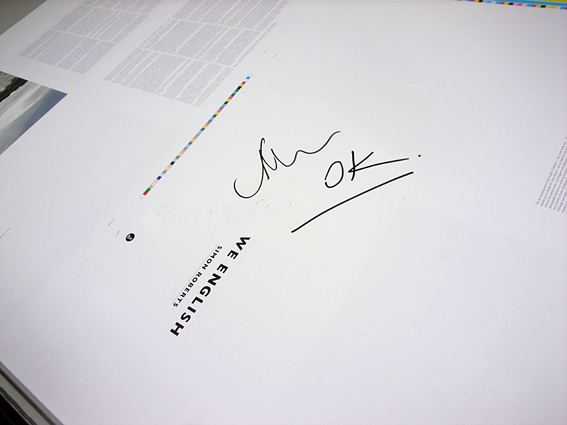
10.06am: Signing off.
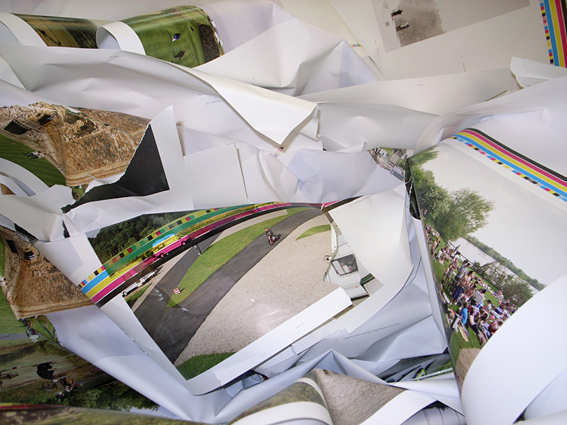
11.17am: The outtakes.
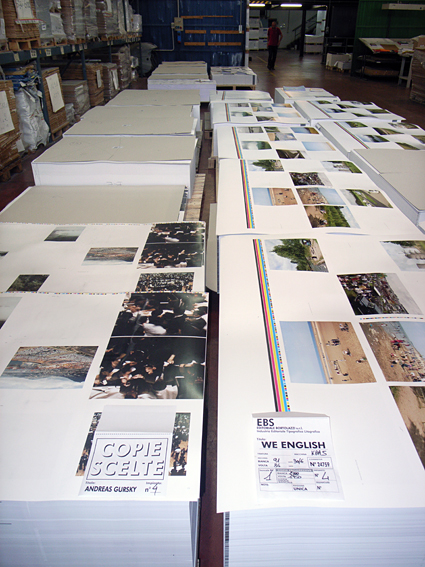
11.38am: Gursky (and me).
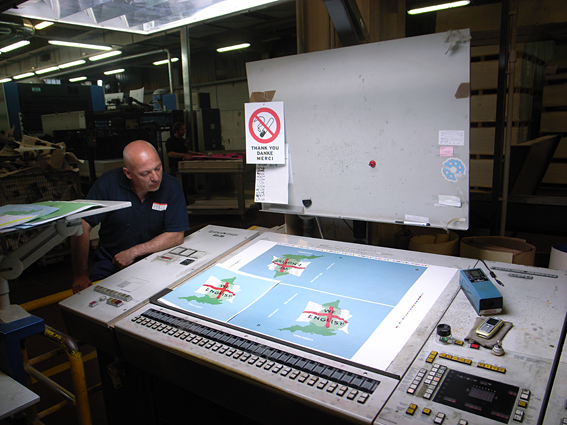
12.24apm: Kojak oversees the printing of the cover.
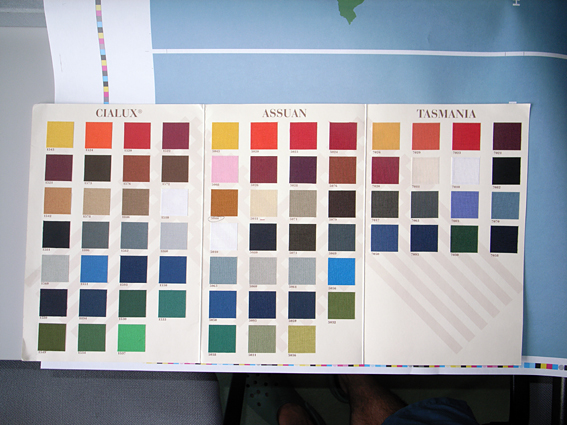
12.47am: Deciding on the cloth colour for the special edition box set.
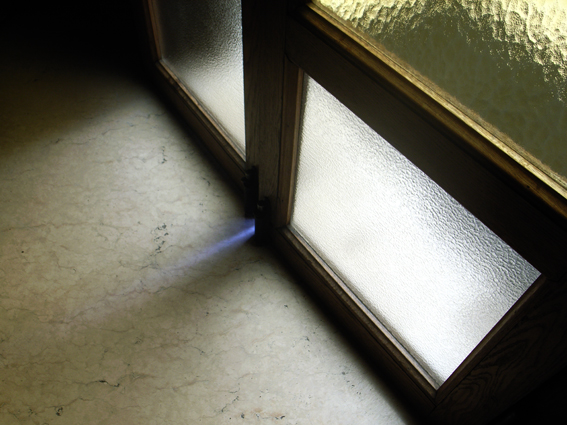
12.57pm: Light leak.
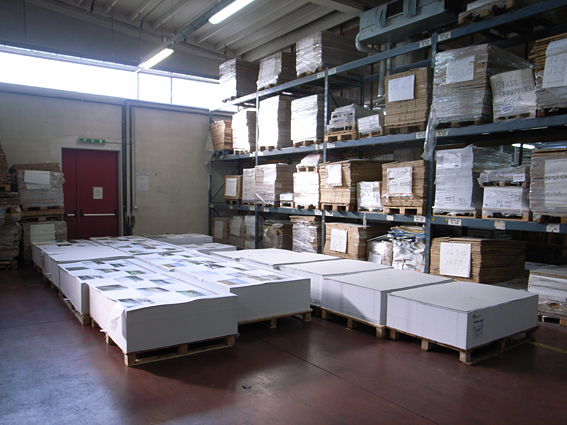
13.01pm: The book stacked and ready to be delivered to the bindery.
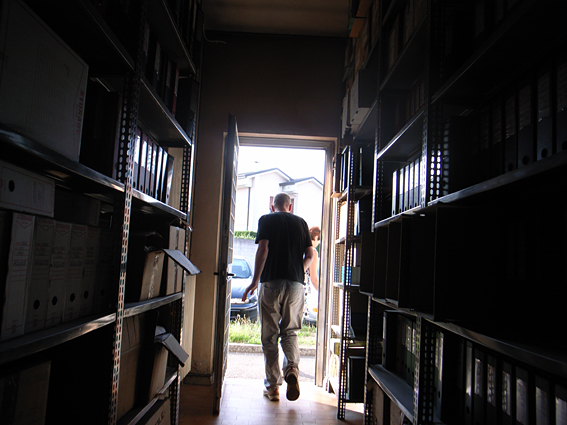
13.10pm: Our job is done! Chris heads back to London while I’ve got another night in Verona.
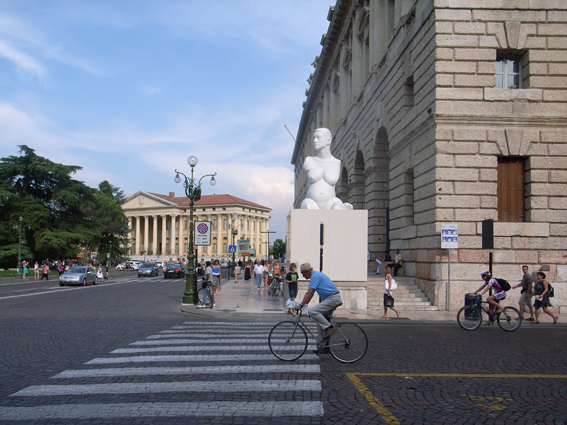
15.39pm: Marc Quinn’s statue ‘Alison Lapper, Pregnant’ in Verona’s main square.
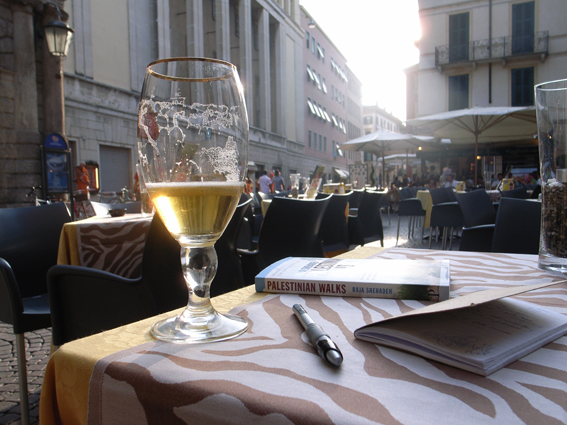
18.24pm: A beer at dusk.
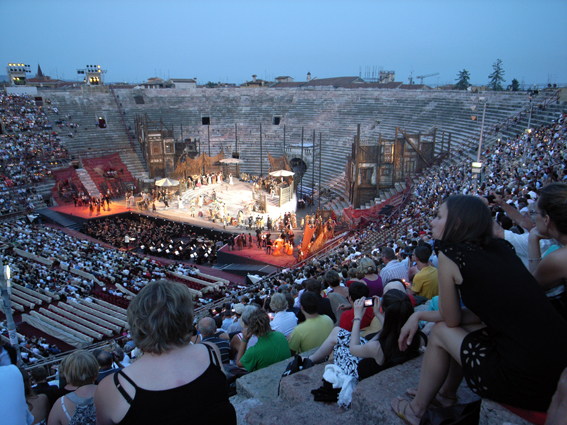
21.18pm: An evening with Carmen (and 15,000 others) at the Colesseum.
Posted in POST PRODUCTION | 2 Comments »















